Flashback on « Le dessein du geste »
From September 11 to October 10, L’ Hôtel de Ville de Paris sheltered an exhibition magnifying French factories know-how. Elegance and discretion.

Photo: Sophie Zénon
 Indeed, this exhibition was rather ephemeral, small and plain as well, but it could not leave the visitor indifferent. Few items exhibited per factory, few explanations, photographs (portraits of men in color on a black background) leading to the dramatization of the gesture, and two films. One was presenting raw images, without comments, of these productions. The other one was made of successive interviews. Images on one side, words on the other. All these propositions letting the visitor freely experience emotions of his own, organize the information in his memory, make his own analysis and synthesis.
Indeed, this exhibition was rather ephemeral, small and plain as well, but it could not leave the visitor indifferent. Few items exhibited per factory, few explanations, photographs (portraits of men in color on a black background) leading to the dramatization of the gesture, and two films. One was presenting raw images, without comments, of these productions. The other one was made of successive interviews. Images on one side, words on the other. All these propositions letting the visitor freely experience emotions of his own, organize the information in his memory, make his own analysis and synthesis.
The title itself of the exhibition was setting the tone: the purpose (dessein in French) of the gesture becoming image and beauty (dessin meaning drawing in French).In companies’ current exhibitions and initiatives, the gesture theme is recurrent. Long forgotten to the advantage of icons and images, it is back into favour, implying the coming back of work value and enhancing the image of manual know-how.
A concrete material
Shaping some concrete material is the first key notion supporting this theme. The sense of touch is highly important. The craftsmen’s work implies a constant contact with the matter. The logical consequence of this coming back to the concrete, is that the item’s use is once again a major concern. The item cannot be only beautiful. Its prime purpose is: it has “to do its job”.
Time
The second notion, which is a surprise, is the one of time. Here, patience is the rule. Time is an ingredient of the recipe. It has to be taken to reach excellence. It cannot be assessed and does not fit today’s logic of productivity of most industrialists.
Passing down
The third notion is passing down. Passing down a know-how from one craftsman to another. Passing down an idea, a value, a passion through the item itself. This passing on, from the craftsman to the user, is a love story without words, without traces, without explanations, which makes the know-how mysterious and magic.
Regions
The exhibition also places the countryside on the center stage. The regions’ history and specificities gave birth to these particular skills and know-how. In the standardizing context of globalization, the return to traditions (wrongly assimilated to rurality) can seem anachronistic. It is actually rather salutary.
Love
Last but not least, the men’s love for their “métier” * is to be noticed everywhere. “Métier” being distinguished from “work” or skills. Besides, apart from the craft industry, where can we still hear of “métier”? These craftsmen have a job they learned, they love, they cause to evolve by integrating today’s techniques, they challenge by confronting themselves with designers or and collaborating with them.
* métier : the French word is difficult to translate and refers to “field of work” of “a field of activity in which one has special ability or training”.
This highlighting of French factories had indeed a deeper scope. Through the gestures choreography and the black background depth, Sophie Zénon’s photographs allowed us to perceive the mystery and the energy of this transformation of the matter by a conscious hand, bent towards an ideal of perfection and beauty. And, it is not by chance that Anne Lhomme, artistic director of Saint-Louis, calls these craftsmen “initiated men”.
Photos: SB

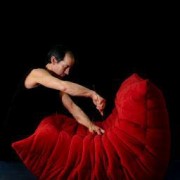







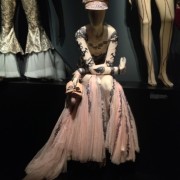

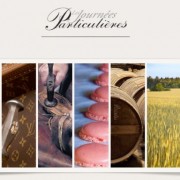
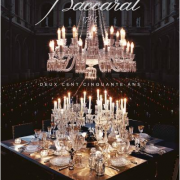
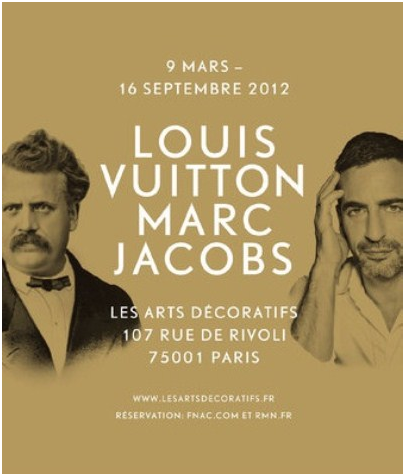
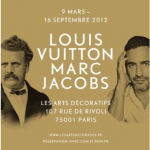

Leave a Reply
Want to join the discussion?Feel free to contribute!